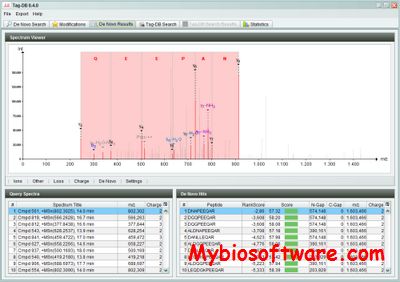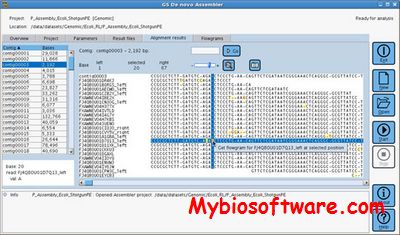VICUNA 1.1
:: DESCRIPTION
VICUNA is a de novo assembly program targeting populations with high mutation rates. It creates a single linear representation of the mixed population on which intra-host variants can be mapped. For clinical samples rich in contamination (e.g., >95%), VICUNA can leverage existing genomes, if available, to assemble only target-alike reads. After initial assembly, it can also use existing genomes to perform guided merging of contigs. For each data set (e.g., Illumina paired read, 454), VICUNA outputs consensus sequence(s) and the corresponding multiple sequence alignment of constituent reads.
::DEVELOPER
Computational R&D, The Broad Institute, Cambridge, MA
:: SCREENSHOTS
N/A
:: REQUIREMENTS
:: DOWNLOAD
 VICUNA
VICUNA
:: MORE INFORMATION
Citation
Xiao Yang, Patrick Charlebois, Sante Gnerre, Matthew G Coole, Niall J. Lennon, Joshua Z. Levin, James Qu, Elizabeth M. Ryan, Michael C. Zody, and Matthew R. Henn (2012)
De novo assembly of highly diverse viral populations.
BMC Genomics 13:475.


